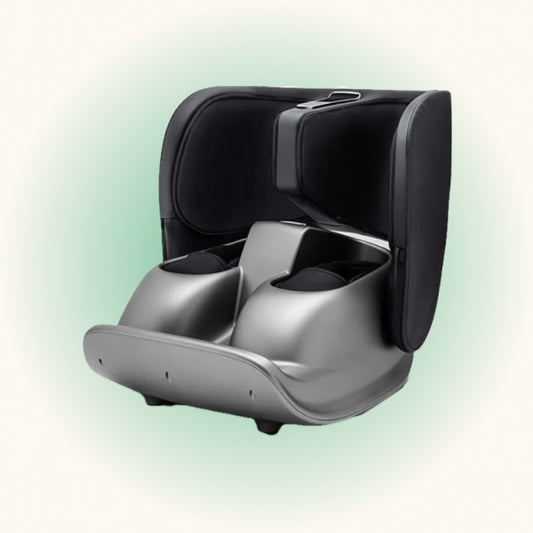Plantar fasciitis is a very widespread yet painful disease that affects the feet, which causes discomfort and impedes the mobility of about millions of people around the planet. Comprehension of plantar fasciitis causes’ main factors is a discovery for proper treatment and prevention. In this article, we consider the driving forces behind this syndrome and attempt to provide some suggestions on means to reduce its effect.
The Role of the Plantar Fascia:
To see the plantar fasciitis causes it is necessary first of all to notice a function of the plantar fascia. This is a thick piece of tissue located under the foot from the heels to the toes. It connects the heel to the toes bones. It offers the firmness to the foot's arch and assists in the shock absorption during activities like walking, running and jumping.
Overuse and Repetitive Strain:
One of the main reasons for plantar fasciitis is overuse and strain from the repetitive behavior on the plantar fascia. Those exercises that exert too much load on the feet, including prolonged standing, walking and running on the hard surface, or heavy exercises, can cause such problems like micro-tears and inflammation in the plantar fascia. During the long-term process, the tissue experiences a constant strain which can lead to plantar fasciitis.
Improper Footwear:
Poorly fitting shoes is yet another imminent reason for this condition. Shoes lacking proper arch support or cushioning will not provide a proper distribution of pressure across the foot, and thus abnormally overload the arch of the foot. Moreover, shoes do not have enough shock absorption might worsen the impact on the foot when one is having any activities. As a result, one can aggravate the condition.
Biomechanical Factors:
Muscle Tightness and Imbalance:
The knots or imbalance in the calf muscles and tendons of the lower limbs, especially the Achilles tendon, are able to promote plantar fasciitis formation. The damaged area responds to inflammation and strain if the muscles are tight or inflexible, thus increasing tensions on the plantar fascia. However, when it comes to weakness or imbalance in the foot muscles and the ankle joint these can affect proper biomechanics and in their turn lead to injury in individuals.
Other Contributing Factors:
Several other factors may increase the likelihood of developing plantar fasciitis, including:
- Obesity with its massive weight can result in different reactions of feet.
- Deterioration of age-incurred foot design and elasticity.
- Standing or walking for an extended period of time for some job or during leisure activities.
- Bunion, hammertoes and tight calves are the examples from the consequences of sitting for too long.
Thankyou for taking your time to read this 7 min article. We hope you get the support and recovery you need.
If you would like to see more on the topic of 'Plantar Fasciitis', then please visit this article here: 'What is Plantar Fasciitis?'
Featured Image by Freepik.





